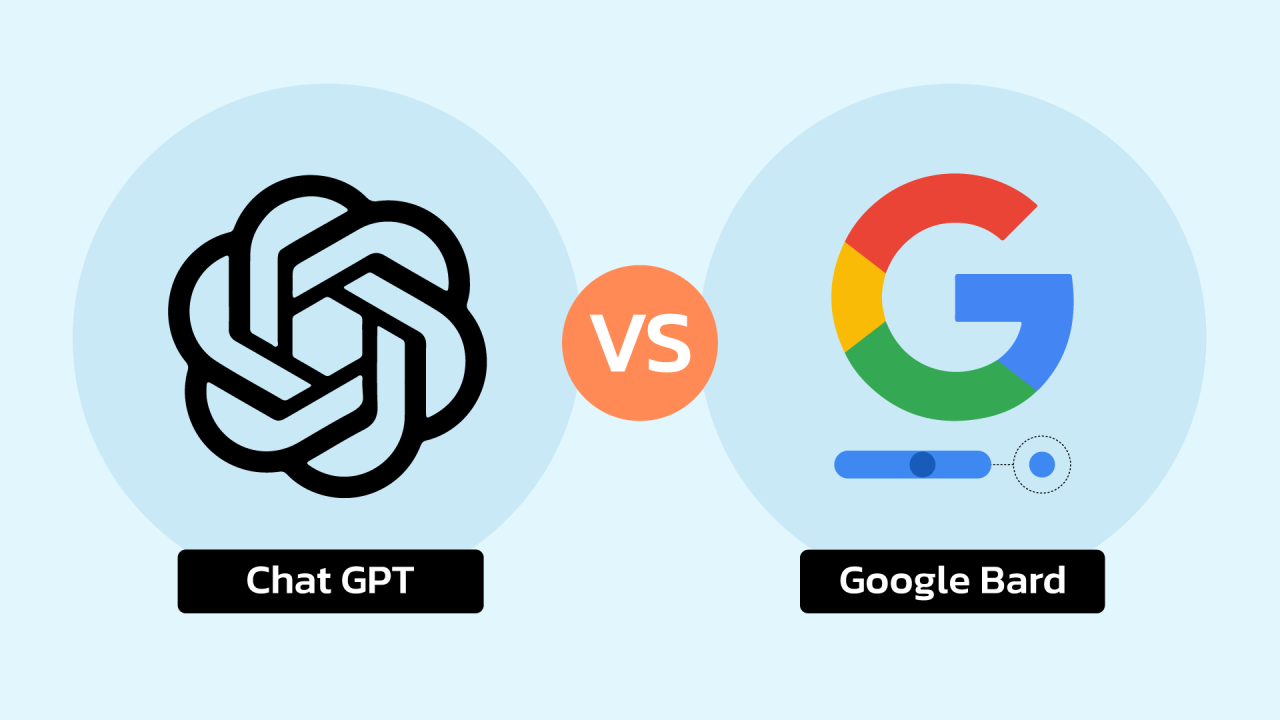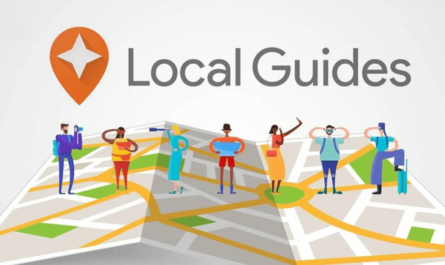In the world of text generation, two titanic forces stand prominent – ChatGPT, developed by OpenAI, and Google Bard, a brainchild of the tech giant Google. Both these models have unique strengths and limitations, making them fascinating subjects for comparison. This blog aims to provide a comprehensive overview and comparative analysis of these two language models. Since its inception, artificial intelligence has been a topic of fascination. From science fiction to reality, AI has come a long way. Recently, the field of natural language processing has been making significant strides.
In the world of text generation, two companies, Open AI and Google, have made groundbreaking advancements with their language models: ChatGPT and Google Bard respectively. In this blog, I’ll be taking a closer look at these two AI models and comparing them to see which one emerges as the ultimate text-generation tool.

Contents
1. Understanding ChatGPT
OpenAI’s ChatGPT has been making waves in the AI world since its launch. Known for its impressive language generation capabilities, it is built using a transformer-based model architecture. The model has been trained on a large corpus of data from the internet. It has a wide range of applications – from drafting emails, and creating written content, to even tutoring in a variety of subjects. However, it’s not without shortcomings such as generating content that can sometimes be too verbose or irrelevant. With a capacity of 1.5 billion parameters, it can generate a wide range of text output.
One of the most significant advantages of ChatGPT is that it can be fine-tuned to a specific task and produces high-quality results. The model is designed to be highly interactive and can carry out a wide range of tasks such as answering questions, summarizing texts, and generating natural language responses. It has been used in various applications like chatbots, writing assistants, and personalizing news articles.
2. Exploring Google Bard
Google Bard, on the other hand, is an innovative language model developed by Google. Just like chatgpt vs google bard design is also based on transformer architecture, and it’s trained on internet text. However, Google Bard is unique as it has a dual decoding mechanism – one for understanding the document’s context and the other for generating the next word. This results in more relevant and context-aware content, but it can sometimes struggle with maintaining a consistent tone or style.
3. Comparative Analysis
When it comes to performance comparison, both models exhibit unique strengths. ChatGPT often excels in creating longer, more detailed content, while Google Bard tends to provide more concise and direct responses. On the language understanding front, Google Bard often has the upper hand due to its dual decoding mechanism, though ChatGPT is not far behind. Now let’s compare the two AI models based on their performance. Both chatgpt vs google bard are high-performing models. However, the output generated by ChatGPT is often more generic and less polished compared to Google Bard. ChatGPT’s strength lies in its ability to generate coherent and meaningful text output, but often at the cost of creativity. Google Bard, on the other hand, excels at generating creative and out-of-the-box text output, but sometimes at the cost of coherency.
Despite their different focuses and capabilities, ChatGPT and Google Bard have one thing in common; they are both pushing the limits of what AI can achieve. They represent the potential that natural language processing can have in revolutionizing the way we interact with technology. Both models have already started to make their way into industries such as healthcare, finance, and journalism, among others.
4. Use-case Showcase
In real-world applications, these differences become evident. For instance, ChatGPT is often favored for creating first drafts or brainstorming ideas due to its detail-oriented style. Google Bard, however, is preferred when generating concise, context-aware responses – making it a favorite for QA systems or chatbot applications.
5. The Verdict
Deciding on the right tool depends on the specific requirements of your task. If your need is for detailed, creative content, ChatGPT might be the better choice. For tasks requiring concise and context-aware responses, Google Bard could be the ideal choice.
Conclusion
In conclusion, chatgpt vs google bard offer remarkable language generation capabilities, each with their unique strengths and limitations. It’s important to understand their capabilities to choose the right tool for your needs. Ultimately, choosing between ChatGPT and Google Bard comes down to the task at hand. If the goal is to generate generic text output that’s still relevant and coherent, then ChatGPT is the better choice. However, if the goal is to produce creative and meaningful text output that’s polished and literary in style, then Google Bard is the clear winner.
Both models have their strengths and weaknesses and are a testament to the rapid progress that the natural language processing field is making. It will be exciting to see what other text generation technologies emerge in the future as AI continues to evolve and develop.
Author Bio:- Mihir Bhatt, a tech writer, simplifies complex concepts, making innovation accessible to all. With expertise in Custom Software Development, I explore trends and breakthroughs, sharing insights through enlightening articles. Join me in decoding the ever-evolving tech landscape and unraveling the wonders of the digital world!




